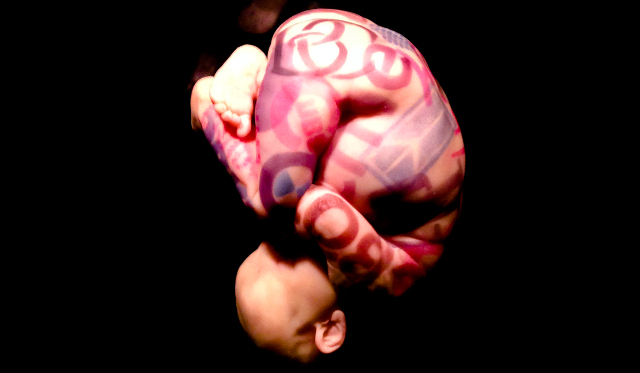Everyone’s reporting this week that the “first three-parent baby” has been born in Mexico, and that’s not really true at all. Here’s the facts.
What just happened was that, in Mexico, the first child has been born using a technique called a spindle transfer. This is a new treatment for mitochondrial disease, wherein the little powerhouses of the cells, mitochondria, don’t work right.
Unlike damn near everything else about you, your mitochondria aren’t included in the DNA instructions in the nucleus of your cells. In fact, you basically just inherit your mitochondria from your mother because they’re the ones in the cytoplasma (the goo around the nucleus) of the egg. But if there are enough negative mutations in your mother’s mitochondria, then because of the way they multiply during cell division, you could end up with a disease she doesn’t express herself (basically, you cross a threshold level and multiply the bad mitochondria your mother has rather than the better ones keeping her healthy).
So in this procedure, spindle transfer, they take a donor egg from a woman with better mitochondria, take out the nucleus that contains her genetic information, and substitute in the nucleus of the hopeful mother’s egg. In this way, you end up with a child that is equal parts mother and father, but has the healthy mitochondria of the donor. That is, they have the same DNA as the mother and father, but the mtDNA (mitochondrial DNA) of the donor. I hardly think this qualifies as “three parents,” at least, any more than having a bone marrow transplant from a non-relative makes you a “four-parent” human, but even if we did all agree that this does make you a “three-parent baby,” it wouldn’t make the one born in Mexico the first.
See, there’s another way of substituting in new mitochondria called cytoplasmic transfer, where the cytoplasm from a donor egg is injected into the intended mother’s egg. This solves the same problem, but maybe not as well, since the mother’s not-great mitochondria are still in there. But it’s been done, it works, and there are something like 30-50 people alive today who have donor mitochondria and are living otherwise normal lives.
So here’s the takeaway, as far as I can see it:
(a) this isn’t the genetic engineering of humans, it’s just a transplant-slash-fertility treatment to make the baby less likely to have a debilitating illness, and
(b) it’s not even the first time we’ve had “three-parent babies” (by this definition) and frankly everyone needs to just calm down a bit.
Anyway, that’s my two cents. Have a great day.
***
Thanks for reading! Except for the very *very* occasional tip (we take Venmo now!), I only get paid in my own (and your) enthusiasm, so please like This Week In Tomorrow on Facebook, follow me on Twitter @TWITomorrow, and tell your friends about the site!
If you like our posts and want to support our site, please share it with others, on Facebook, Twitter, Reddit — anywhere you think people might want to read what we’ve written. Thanks so much for reading, and have a great week.
***
Richard Ford Burley is a human, writer, and doctoral candidate at Boston College, as well as an editor at Ledger, the first academic journal devoted to Bitcoin and other cryptocurrencies. In his spare time he writes about science, skepticism, feminism, and futurism here at This Week In Tomorrow.

